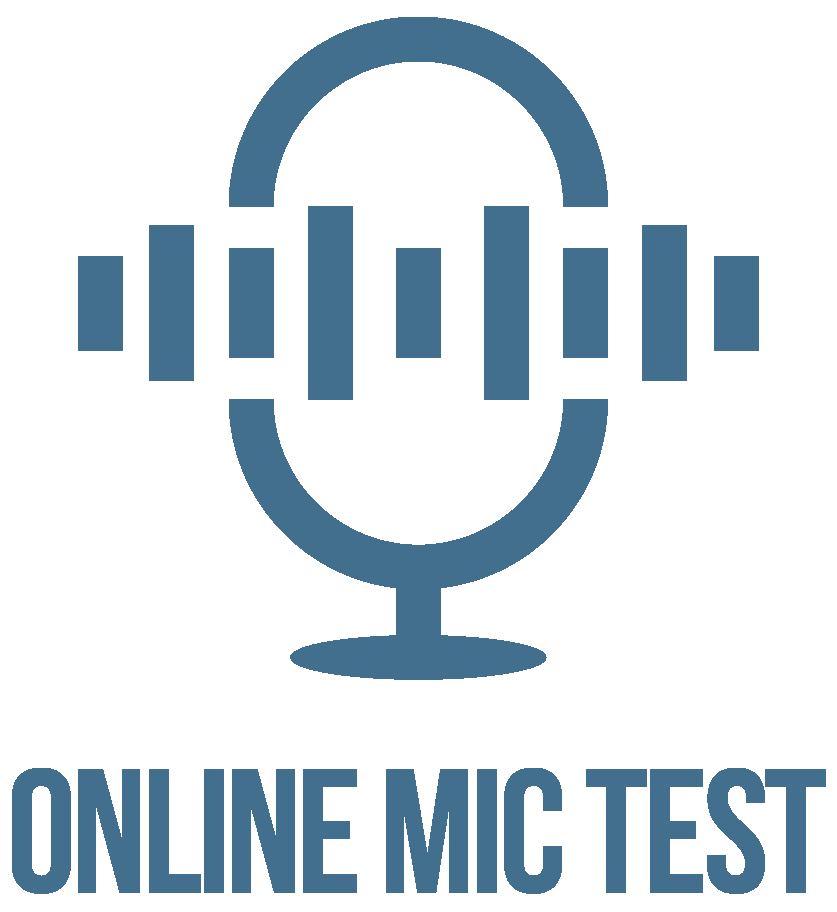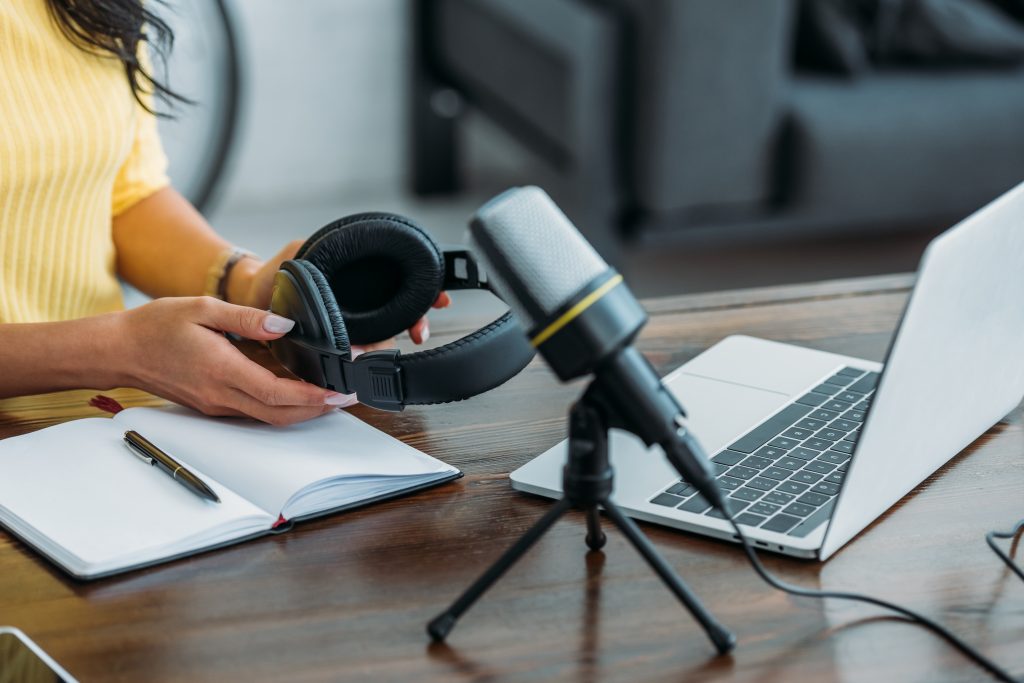How to Record a Podcast On Discord

 Learn how to use Discord and Craig to record remote podcasts
Learn how to use Discord and Craig to record remote podcasts
Chances are you’ve heard of or even used Discord to chat with others online before, but there’s a lot more you can do with it. Discord is actually a great way to record podcasts with remote participants.
For a while Skype was the go-to application for recording podcasts, but Discord is now widely considered the better option for a variety of reasons. These include being able to record each person’s voice as a separate track and having higher quality audio.
Making an Account and Creating a Server
Don’t worry if you aren’t familiar with Discord, it’s actually pretty easy to set up and use, and best of all, it’s free. Your first step will be to make a Discord account if you don’t already have one or wish to use a different one for your podcast.
To do this on a desktop system, head to discord.com and click on Open Discord in your browser, then enter the username you want to use and click the arrow or press Enter. You may need to complete an “I’m not a robot” prompt and then you’ll be brought to the Discord web app and asked to enter your date of birth.
After doing this, click on Create My Own to begin making your own server. This Discord server will be where you’ll host the podcast and the participants will join it. Now you can give the server a fitting name, such as the name of your podcast, then click Create. After this you can set a topic for the server, or click Skip and then click on Take me to my server! to move to the next step.
You’ll be given a prompt to claim your new account by entering an email address and a password. Click on Claim Account after doing this and a confirmation email will be sent. From here you can also download the desktop app for either Windows, Mac or Linux by clicking on “Get the Desktop App”.
Setting up Discord
The desktop app is the recommended way to use Discord, both for normal usage and podcast recording, as there are more features available and better performance. Once you’ve installed the Discord desktop app on whatever OS you are using, you’ll want to run it and log in.
After logging in to Discord, you’ll see your server(s) along the left of the app window. Find and click on the server you just created. Now that you’re on your server you’ll see two channels that have been created automatically, a text and a voice one, both named “general”. Move the cursor over the voice channel and click on the Edit Channel gear icon.
From the Edit Channel section you can change the channel name to something more fitting than “General” if you wish. For maximum audio quality, move the bitrate slider all the way to the right. You can always lower it later if needed. When done, click on Save Changes. You can now exit back to the main server section.
Audio Settings
You’ll also likely want to make some adjustments to your account’s audio settings. To do this, click on the User Settings gear icon by your username in the bottom left and then on Voice & Video along the left pane. Make changes to input and output devices and volume if needed.
Having input mode set to Voice Activity will likely be the best for a podcast so you don’t need to hold a button the entire time you’re speaking as with Push to Talk. You may want to disable Automatically determine input sensitivity and set the slider all the way to the left to make sound input as uninterrupted as possible as Discord can sometimes cut off the beginning and end of what’s being said otherwise.
Down in the Advanced section, you can disable Echo Cancellation and Automatic Gain Control as they can be more of an annoyance than a help, especially when multiple people are speaking at once. You might also want to turn off Noise Reduction, but it will depend on your setup. Ultimately some testing with each of these settings would be the best way to determine whether they improve the way your podcast sounds or not.
Getting Ready to Record
In order to actually record audio from Discord you’ll need a bit of outside help as Discord doesn’t have a built-in recording feature. One of the best ways to do this is through the use of a Discord bot, like Craig. To use Craig, you’ll need to invite it to your Discord server by clicking the button for doing so on the linked website. If you’re already logged in you should be brought to a page where you can select your server from a dropdown box and then click on Authorize.
When successfully added you’ll see a green checkmark and “Authorized”, and will likely get a notification from your Discord app that Craig has been added to your server. To test out Craig’s capabilities, go to the voice channel you set up and you should hear a tone signaling you’ve successfully joined and your mic audio will be captured. You should be automatically joined to your text channel as well.
In the message box at the bottom enter “:craig:, join”. Craig will join the voice channel and you’ll hear a voice say “now recording”. When you’re done recording, enter “:craig:, leave” and recording will stop and Craig will leave the channel. You’ll receive a direct message from Craig with a link to the audio that was recorded as well as a link to delete the recording. You can also add your Google Drive to Craig to have it record the audio directly to it by following this link.
Adding Guests and Recording
Once you’ve confirmed Discord and Craig are working properly, you can invite your guests for the podcast. To do this, go back to the main server screen and click on Invite your friends in the middle of the screen or click on the server name and then on Invite People. You’ll be given an invite link you can copy and send to all the podcast participants. Click the Set this link to never expire checkbox if you want this invite link to be permanent.
You can also click on the gear icon for Link Settings and toggle Grant temporary membership for someone who’s only going to be on the podcast once, or adjust the expiration and max uses if needed. If the person joining is a temporary guest they can just join with a name and skip the account creation process, but for someone who will be a recurring guest or a co-host, it’s best for them to create or use a full account to make rejoining easier.
Once everyone has joined the server and the proper voice chat, just send out the “:craig:, join” command as before to have Craig start recording your podcast and “:craig:, leave” to stop it. Now you know all you need to in order to record your own podcast for free using Discord and Craig.

 Learn how to use Discord and Craig to record remote podcasts
Learn how to use Discord and Craig to record remote podcasts